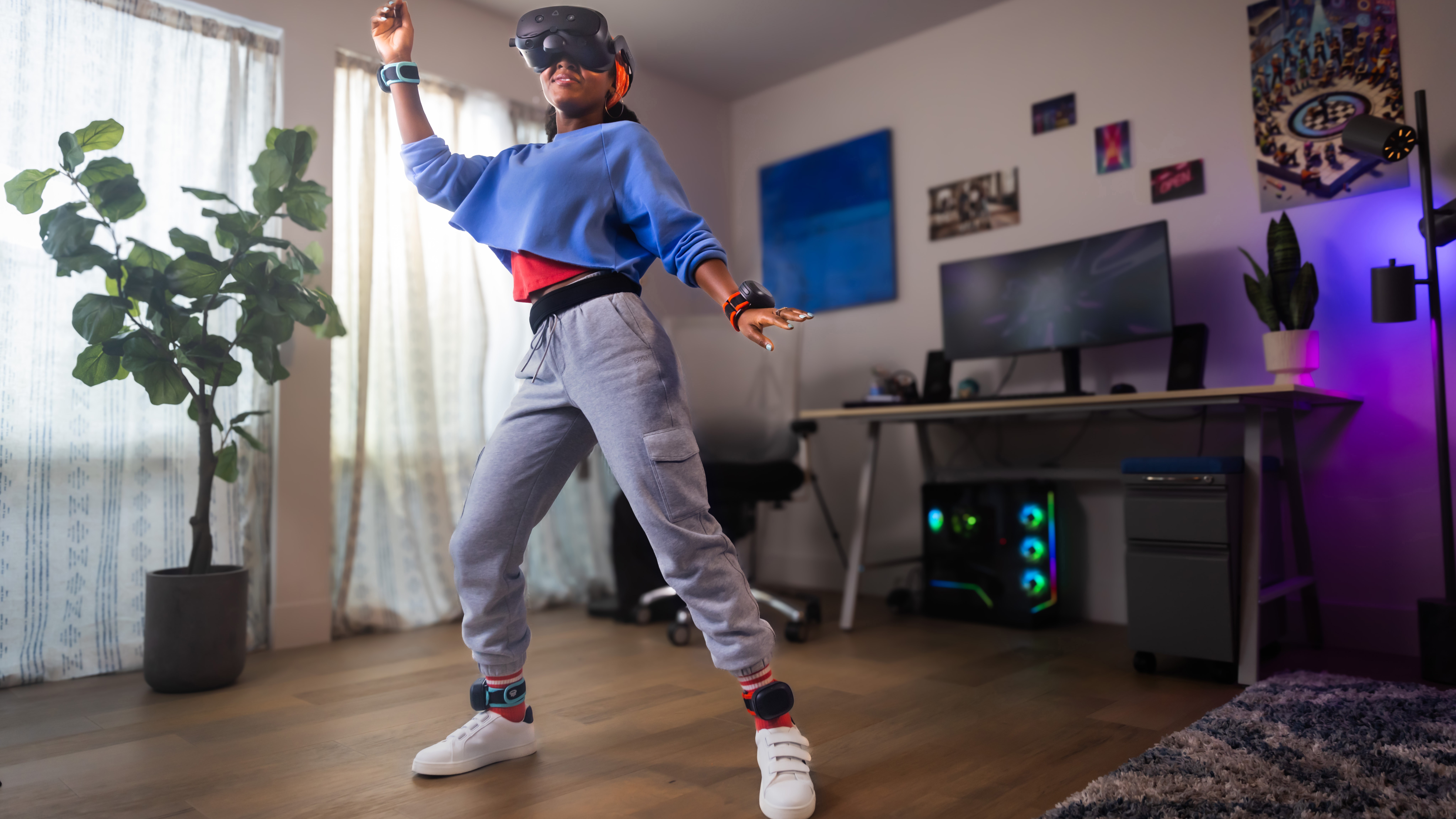September is shaping up to be one helluva month for virtual reality. We got the mid-range Pico 4 Ultra a couple of weeks ago – alongside its impressive motion trackers for bringing accurate foot tracking into compatible software – and in a week’s time Meta Connect 2024 will kick off – which is where the much-leaked budget Meta Quets 3S will probably get shown off. And right now we’ve been introduced to a brand-new high-end headset from HTC with the Vive Focus Vision.
Preorders are live as you’re reading this for $999 / £999 / AU$1,899, and with this XR headset Vive is promising some impressive hardware. We’re talking dual 2448 x 2448 pixel per eye displays with support for up to 90Hz (or 120Hz when used for DisplayPort mode), an FOV up to 120 degrees, 12GB of RAM, a Snapdragon XR2 Gen 2 chipset for standalone VR experiences, dual 16MP color cameras for mixed reality passthrough, and eye-tracking to top it all off.
Two features I’m particularly excited for however are 1) the easy to clean PU leather trim for the padding – fabric padding needs to be a thing of the past, and silicon or synthetic leather accessories certainly not a paid add-on *cough* Meta *cough* Pico – and (the bigger of the two) 2) DisplayPort mode.
I mentioned it briefly above, but for people after a PCVR setup the presence of this feature should instantly raise the profile of the HTC Vive Focus Vision for you. When it launches later this year DisplayPort allows you to connect your headset directly to your computer’s graphics card for a lossless visual experience – allowing you to put the Vive Focus Vision’s displays to great use.
It was rumored to appear on the next Pico headset, but didn’t materialize with the recent Ultra – something which left a lot of us a little disappointed.
Unfortunately I haven’t yet had the chance to try out the new Vive headset, but based on what I’ve heard I’m desperate to see if it’s the standalone-PCVR-hybrid headset that plenty of users have been waiting for. If that includes you one advantage for getting a preorder in while you can is it’ll include the VIVE Wired Streaming Kit for DisplayPort mode for free – usually it’d cost you £159 (US and Australia prices to come).
You’ll also get one of three free bundles of games. I’m writing this ahead of the announcement so I don’t have details on the bundles yet, but I’ll be adding them in as soon as I have them.





